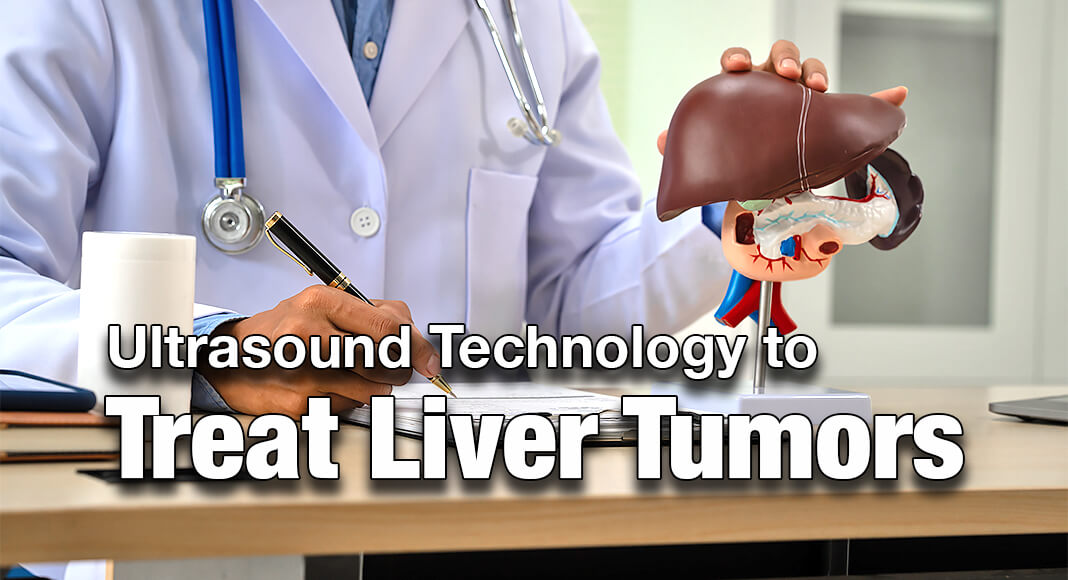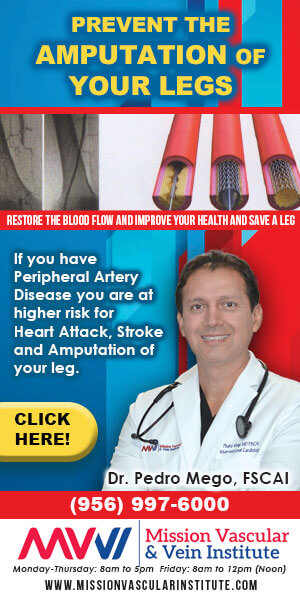
Mega Doctor News
CLEVELAND CLINIC – A patient presented with liver metastasis from colon cancer. The patient had been receiving chemotherapy, which appeared to be working initially but became less effective over time. As the treatment became more difficult, the patient began exploring secondary treatment options when the lesions started increasing in size — one lesion went from 2.5 cm to 2.7 cm and another went from 4.1 cm to 4.3 cm.
The patient met with Choon Hyuck David Kwon, M.D., Ph.D., director of Minimally Invasive Liver Surgery at Cleveland Clinic’s Digestive Disease Institute to discuss options. Because the patient was relatively healthy and having a difficult time maintaining the full dose of chemotherapy, Dr. Kwon decided to use a novel FDA-approved ultrasound device to treat the liver tumors. The non-invasive technology, called histotripsy, uses brief high-intensity ultrasound pulses that disrupt and kill the targeted tumor cells.
In December 2023, Dr. Kwon led a team of surgeons and nurses during the first procedure that liquified a small tumor on the left side of the patient’s liver. Following the procedure in December 2023, the patient recovered well.
Understanding the technology
To deliver the treatment, Dr. Kwon used a specialized ultrasound machine connected to a mobile robotic arm, which was positioned above the patient’s abdomen to precisely target the liver tumor. The microsecond ultrasound pulses created microbubbles in the targeted tumor, which disrupted and killed the diseased cells.
“This treatment is noninvasive which provides the patient with an easy recovery following the procedure,” said Dr. Kwon. “None of the patients who we’ve treated using this technology required pain medication afterward, and there’s no scarring.”
Limitations
While he is pleased with the initial success of the technology, Dr. Kwon stresses that patient selection is still critical to ensure that the device can reach its full potential. “There are some limitations to the technology due to the fact that this is an ultrasound device,” says Dr. Kwon. “The energy is transferred through ultrasound, and ultrasound cannot penetrate through gas or bone. So, anything that is covered by the ribs cannot be accessed with this machine. About 70-80% of the liver lies behind the ribs, but we can still access the area below the costal margin. All the lesions that we treat with histotripsy must be within that region.”
He explains that the patient in this case had two larger lesions — one located very deep inside the liver, and one that was more superficial — and one smaller lesion that was in an area that could be targeted with histotripsy. Prior studies have shown that, in some cases, a histotripsy treatment may stimulate the body’s immune system to attack cancer cells. “We decided to target the smaller, accessible lesion in the hopes that we would generate an abscopal effect,” says Dr. Kwon.
The abscopal effect is a phenomenon that has been observed in patients with cancer following radiation therapy and ablation. Following radiation therapy treatment, researchers have noticed that in some cases, an anti-tumor response causes untreated tumors to shrink. Dr. Kwon notes that histotripsy may also produce an abscopal effect in some cases.
Takeaways
Following the procedure, the patient recovered well. Dr. Kwon notes that immediately after the procedure the patient noted that they didn’t experience any pain and felt like nothing had happened. The patient did note some feelings of malaise later that day, but the response was not as severe compared to the chemotherapy effects they had been dealing with. “The patient’s carcinoembryonic antigen (CEA) levels had been consistently rising prior to the procedure,” explains Dr. Kwon. “But afterward, those numbers actually started to go down.”
Since the first case, Dr. Kwon and his colleagues – including Federico Aucejo, M.D., and Jaekeun Kim, M.D. – have successfully used ultrasound technology to treat more patients with liver tumors. On average, the procedure lasts up to an hour.
“More research is needed to continue studying the benefits of histotripsy, including the occurrence and frequency of the abscopal effect,” said Dr. Kwon. “I see this noninvasive treatment as a complement to our current therapies for liver tumors, including surgery and chemotherapy.”
Currently, histotripsy is only FDA-approved for tumors in the liver.










